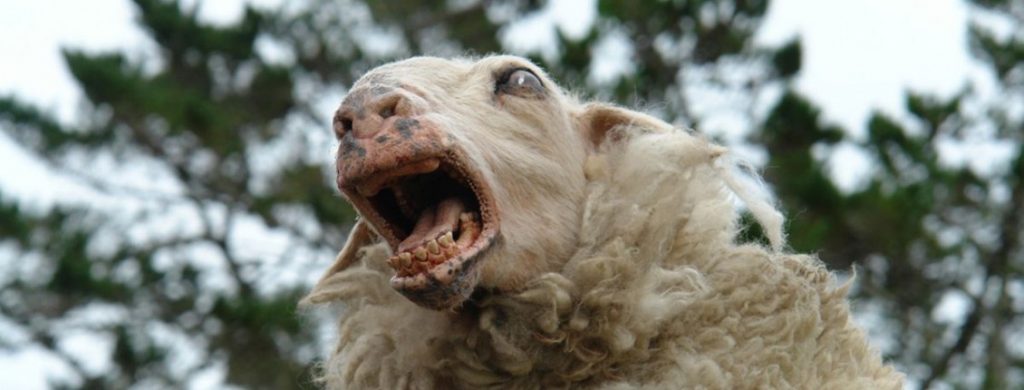Three Sheep Killers: 1904-1905 February 27, 2017
Author: Beach Combing | in : Modern , trackbackWhen we experience unusual phenomenon then, of course, our filters are almost as important as the phenomenon itself. Take a series of sheep killing cases that recently made quite an impression on Beach. The narrative breaks down into three sections: Mystery, Mystery Solved, Perception. Each of these in three parts: a, b and c.
The Mystery
a) December 1904 many sheep were killed by a mysterious wild animal in Northumberland (this is the famous Hexham Wolf).
b) February 1905 many sheep were killed by a mysterious wild animal in Kent.
c) September 1905 many sheep were killed by a mysterious wild animal on the borders between Wiltshire and Gloucestershire.
There is obviously no connection between these three events: these were three, all too factual different animals in widely dispersed parts of England. We know, fortunately, in each case, what the animal was because it was reliably identified after death.
The Mystery Solved
a) 24 December 1904 a wolf body was found and credibly blamed for the sheep killings in Northumberland: the wolf seems to have been cut in half by a train.
b) c. 1 March 1905 a hyena was killed by a group of local farmers at Tonbridge in Kent and credibly identified as the sheep killer.
c) c. 20 December 1905 a wild Newfoundland Dog (about 30 kilos) was killed by a group of farmers (though it took them three shots) in Pucklechurch. Again this animal was credibly identified as the sheep killer.
In all three cases the body was carefully examined and, in case (a) and (b), parts of the body were put on display so there need not be much controversy about the identity of the animal: there have been some claims that the wolf was actually a ‘malamoot’ or wild Alaskan dog (18 Feb 1905 Aberdeen Press), but these do not matter for our purposes. For any non-British readers, none of these animals are native to Britain or, rather, in the case of wolves, they had not been for hundreds of years. What Beach finds most interesting is the question of perception.
Perception
a) The Northumberland wolf was believed, before being found, to be a wolf.
b) The Kent Jackal was believed, before being killed, to be a wolf.
c) The Pucklechurch Dog was believed, before being killed, to be a jackal.
The Northumberland wolf was believed to be a wolf because a wolf had recently gone missing in the area. But why was the Kent Jackal believed to be a wolf and why was the Pucklechurch Dog believed to be a jackal? The obvious answer was because that was the last big sheep-killing story in the press. The jackal and dog had been seen, of course, and their handiwork (dead sheep) had been examined. But simple expectations fed by a story some weeks or months previous had decided the local population: in other words, filters mattered more than facts. This is not rocket science, but how often do such simple cognitive mechanisms explain apparent patterns in Forteana; and how often do these pattern remain obscure because there is no animal/evidence to examine when the press run a story? Drbeachcombing At yahoo DOT com
Floodmouse with an account, early March 2017: Have you read this? It is a little gem of short fiction, and it must have been inspired by your sheep-eating hyena. I couldn’t find a publication date, but it would have to be before 1916 when the author passed away. If you need a smile, this will be ten minutes well spent:



